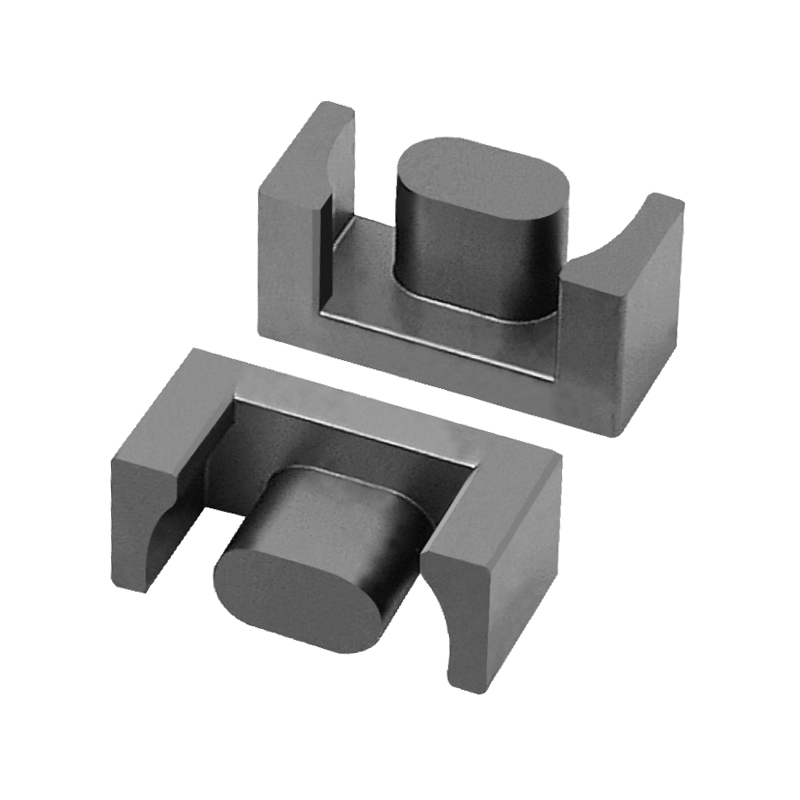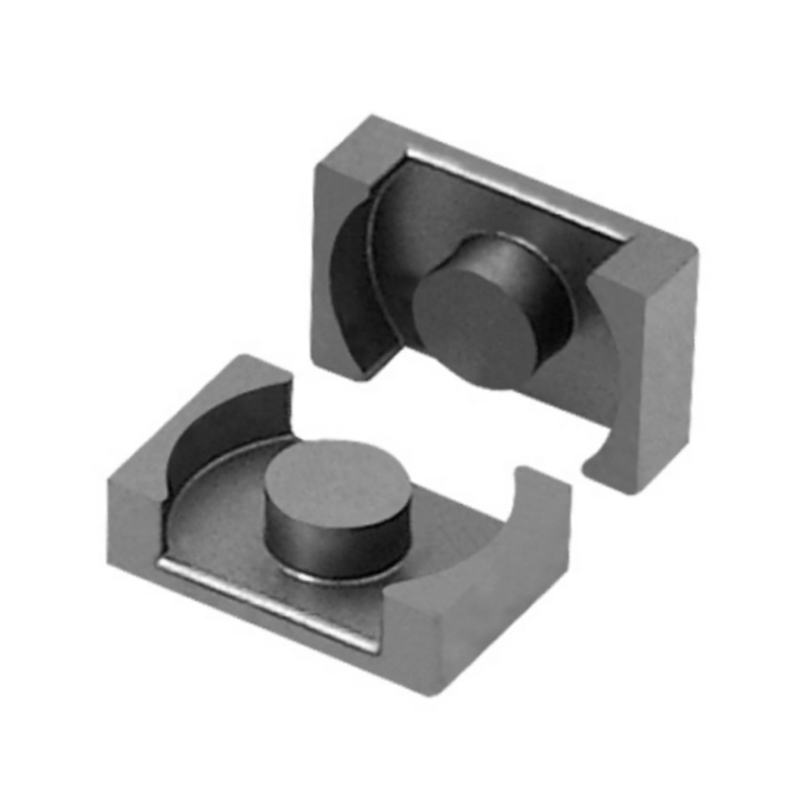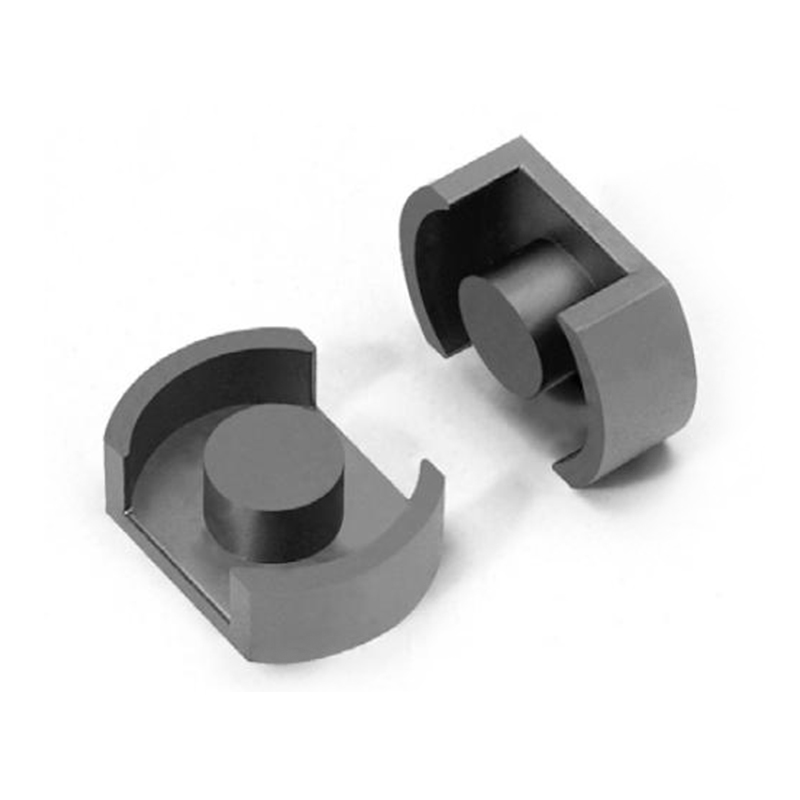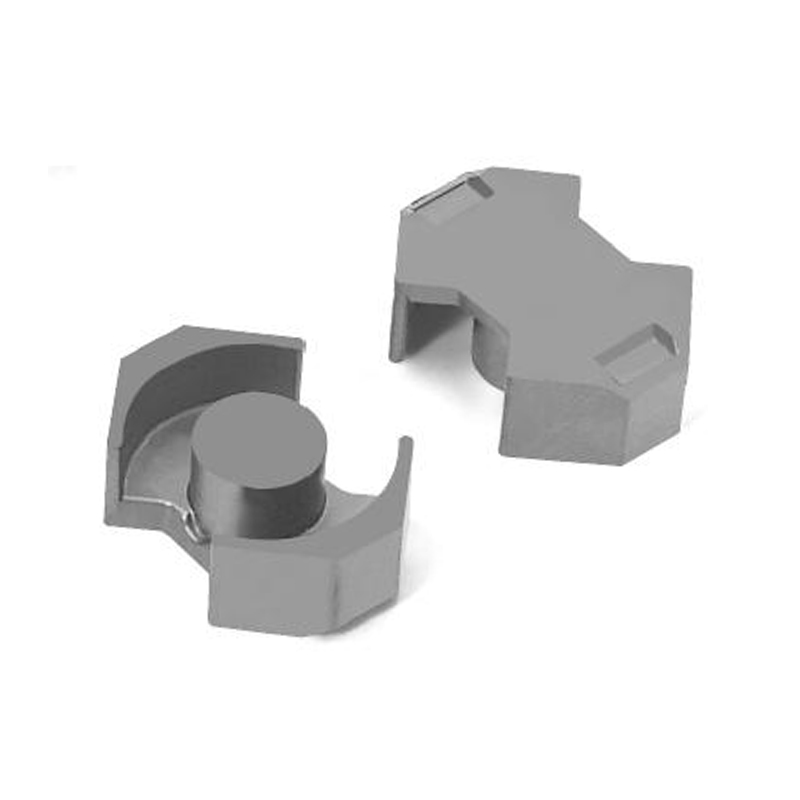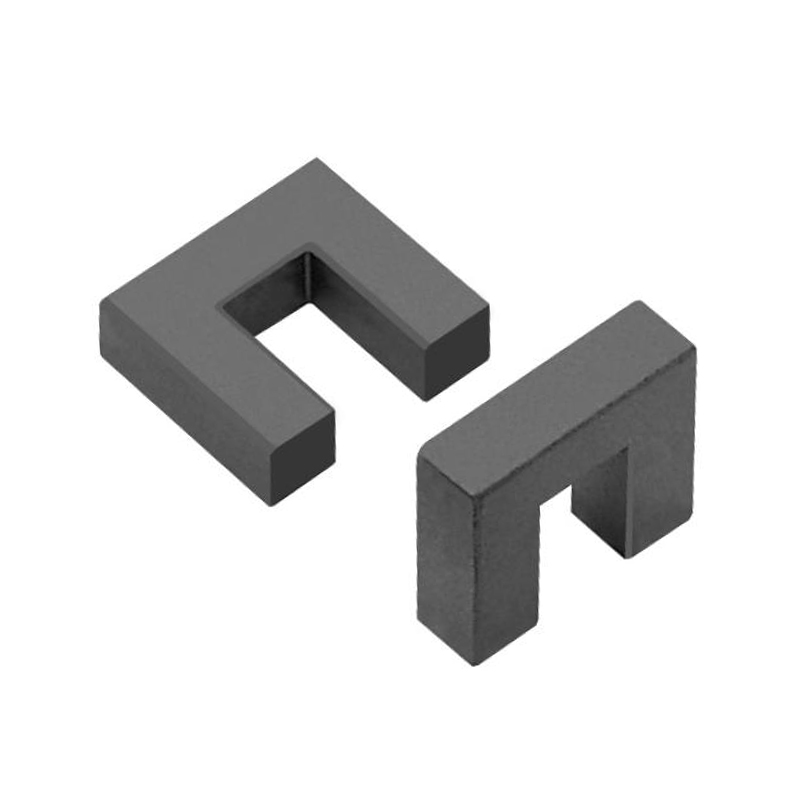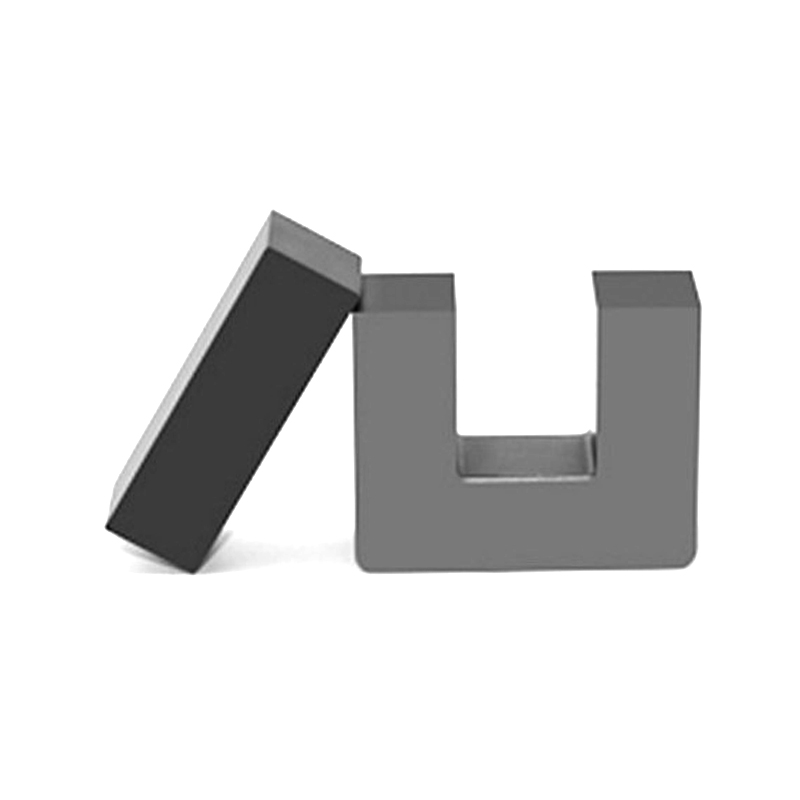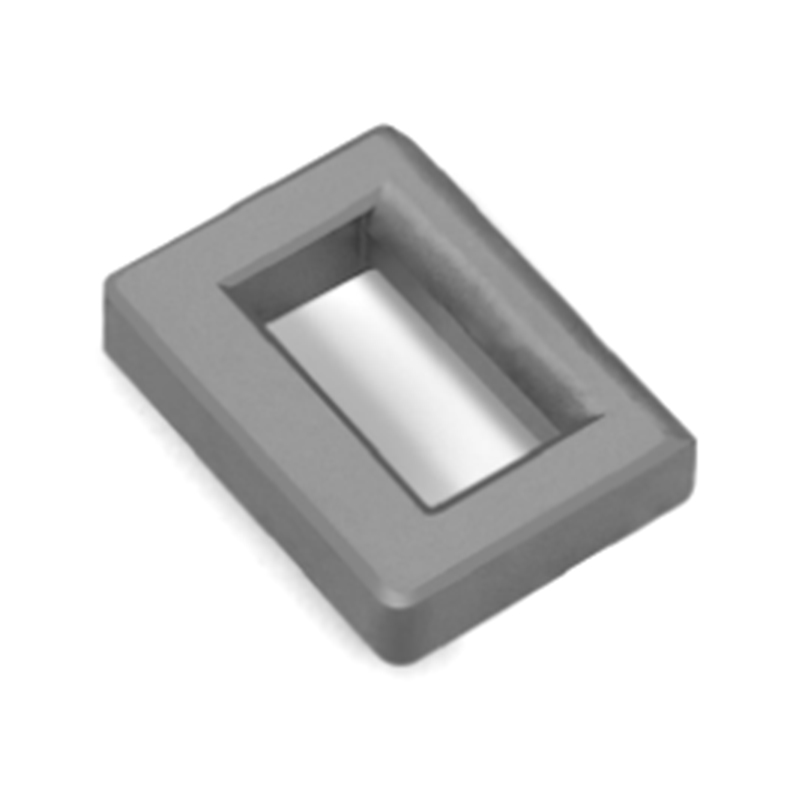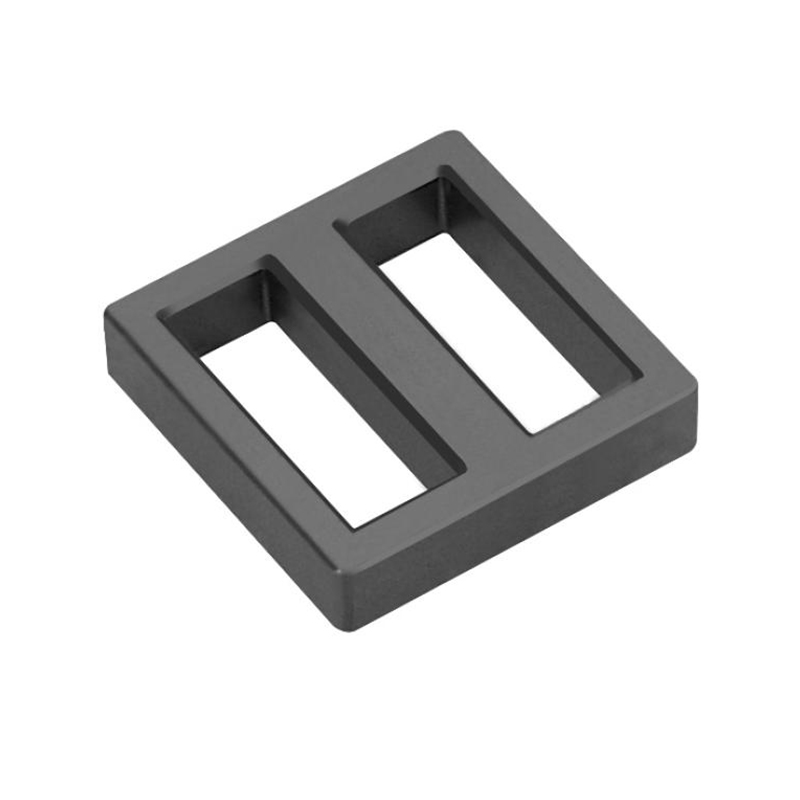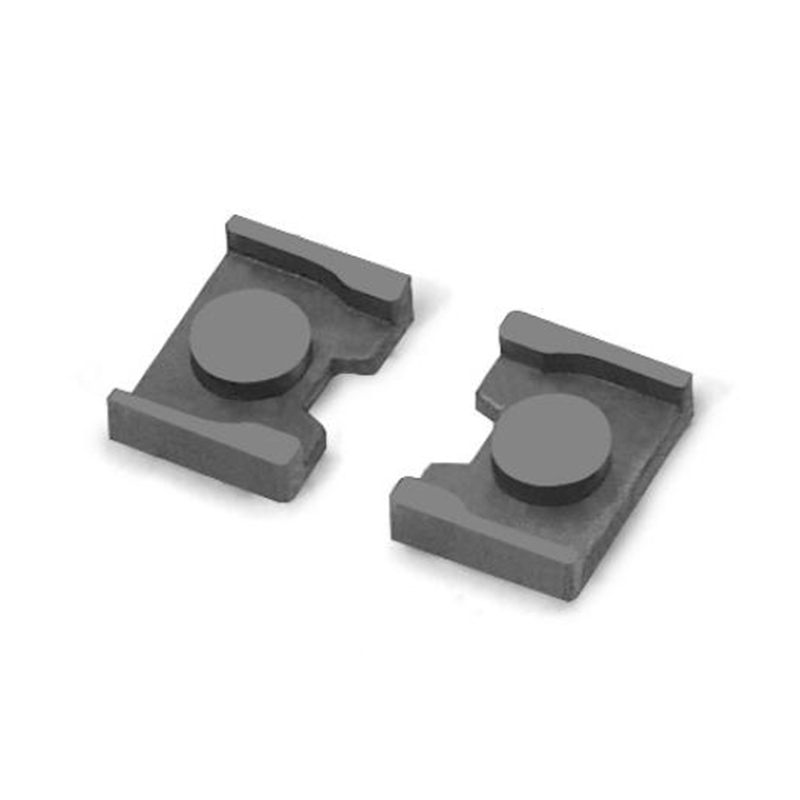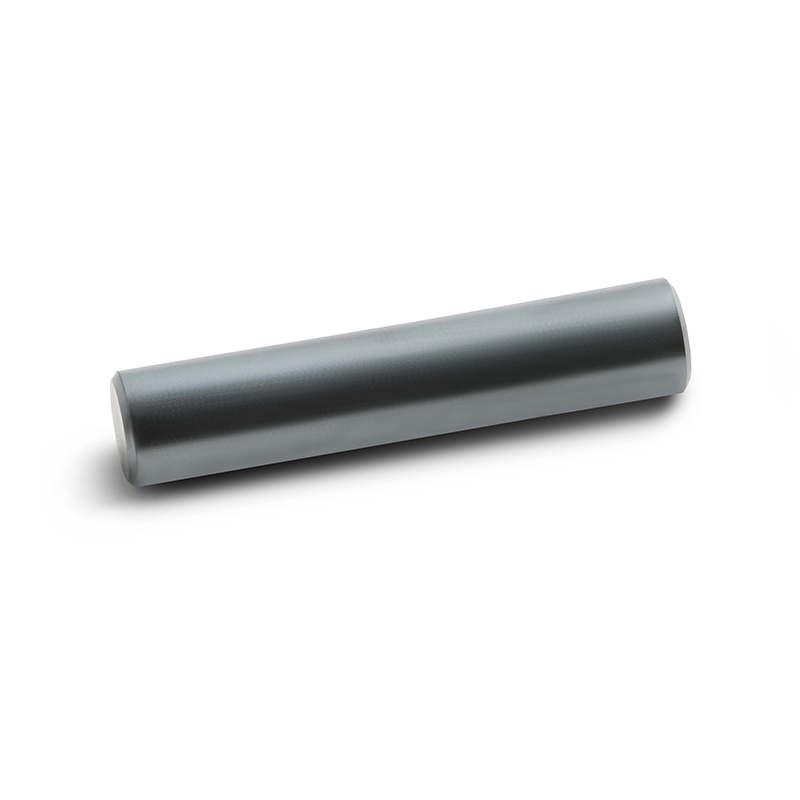Understanding MnZn Ferrite Cores: The Cornerstone of High-Frequency Magnetic Applications
In the ever-evolving landscape of power electronics and signal processing, magnetic components stand as silent enablers of efficiency and reliability. Among these, MnZn ferrite core has emerged as indispensable elements, particularly in high-frequency transformers, inductors, and electromagnetic interference (EMI) suppression systems. But what exactly sets MnZn ferrite apart from its peers, and why is it so widely favored across industrial and consumer applications?
MnZn ferrite, a ceramic compound composed primarily of manganese oxide (MnO) and zinc oxide (ZnO) combined with iron oxide (Fe₂O₃), boasts a finely tuned crystalline structure that yields high magnetic permeability and low electrical conductivity. This duality is its superpower. The elevated permeability allows for the efficient confinement of magnetic flux, while its inherent electrical resistivity curbs eddy current losses—an essential feature for high-frequency operations.
Where traditional metallic cores falter under rapid switching frequencies, MnZn ferrites thrive. They operate optimally within the 1 kHz to 1 MHz range, making them ideal for switch-mode power supplies, broadband transformers, and noise filters. The ability to maintain magnetic performance while dissipating minimal energy as heat ensures that devices remain compact and thermally stable—an increasingly critical advantage in the design of miniaturized electronics.
Another defining attribute of MnZn ferrite cores is their versatility in form factors. From toroids and E-cores to custom-molded shapes, these cores are engineered to fit a diverse array of design requirements. Their dimensional flexibility translates directly to application agility—whether it's a high-current power choke in a server or a precision transformer in a medical imaging device.
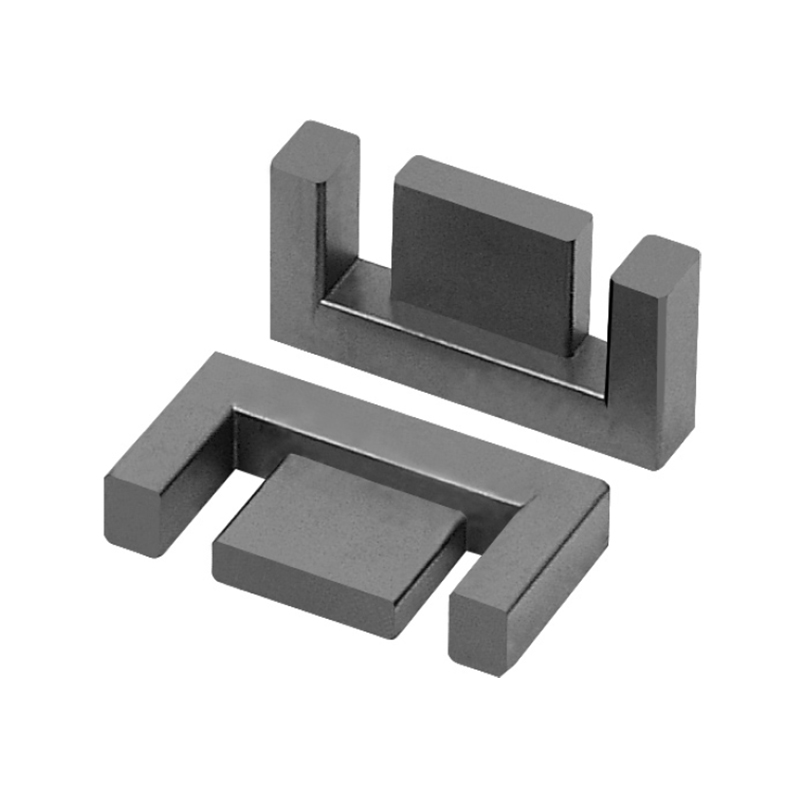
Thermal stability is yet another hallmark. With Curie temperatures typically exceeding 200°C, MnZn ferrite materials can withstand considerable thermal cycling without degradation. This resilience underpins their extensive use in automotive systems and renewable energy applications, where components are often subjected to harsh operating environments.
Moreover, MnZn ferrite cores contribute significantly to electromagnetic compatibility (EMC) by suppressing high-frequency noise in electronic circuits. Their ability to attenuate parasitic oscillations protects sensitive components and ensures compliance with international EMC standards—a non-negotiable in today’s interconnected world.
In the face of emerging challenges—higher power densities, faster switching devices, and tighter regulatory demands—MnZn ferrite cores are poised to remain a cornerstone technology. Their unique blend of magnetic performance, frequency response, thermal endurance, and form factor adaptability positions them as a critical material in next-generation electronic systems.
MnZn ferrite cores are not just passive materials—they are precision-engineered solutions driving modern innovation. For engineers seeking high efficiency, robust performance, and electromagnetic harmony, MnZn ferrite stands as a magnetic ally, elegantly bridging science and application in a world that runs faster with every passing day.

 中文简体
中文简体